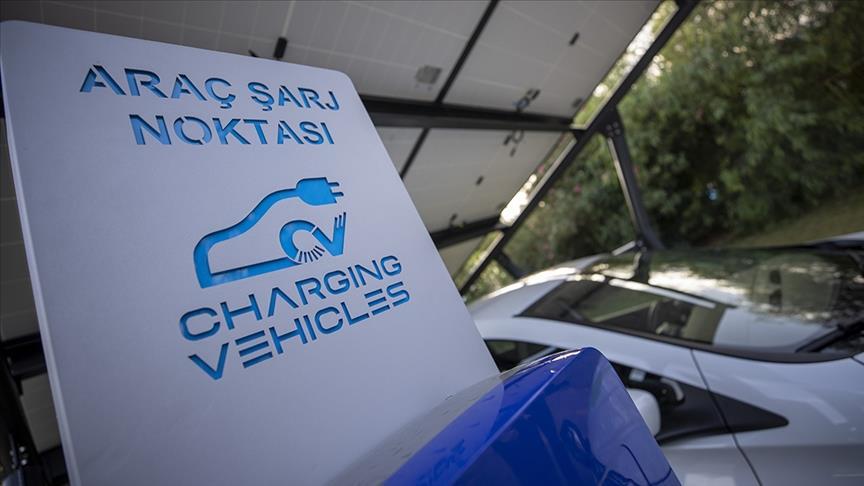European Union (EU) negotiators agreed on Tuesday to expand the deployment of electric and hydrogen recharging stations for cars, trucks, and even stationary planes to enable the transport sector to reduce its carbon footprint.
The agreement between Parliament and Council negotiators updated EU rules on infrastructure for alternative fuels to bring Europe closer to its climate neutral ambitions by 2050.
In line with the agreement, EU countries should have a sufficient infrastructure network for recharging or refueling road vehicles or ships with alternative fuels.
Alternative solutions will be provided for the vessels at berth and stationary aircraft to prevent keeping their engines running.
Member countries will provide full compatibility throughout the bloc to enable an easy-to-use infrastructure.
EU countries will be required to present their plans for deploying alternative fuel infrastructure in order to meet the EU’s minimum mandatory national targets.
Electric charging pools for cars with at least a 400 kilowatt (kW) output will be deployed at least every 60 kilometers by 2026, and the network’s power output will be increased to 600 kW by 2028.
For trucks and buses, the minimum deployment distance of charging stations will be 120 kilometers. However, these stations should be installed on half of the main EU roads by 2028, with a 1,400 kW to 2,800 kW power output depending on the road.
It was also agreed that by 2031, there would be hydrogen refueling stations every 200 kilometers.
The deal will come into effect after the EU Parliament and member countries ratify the agreement.

